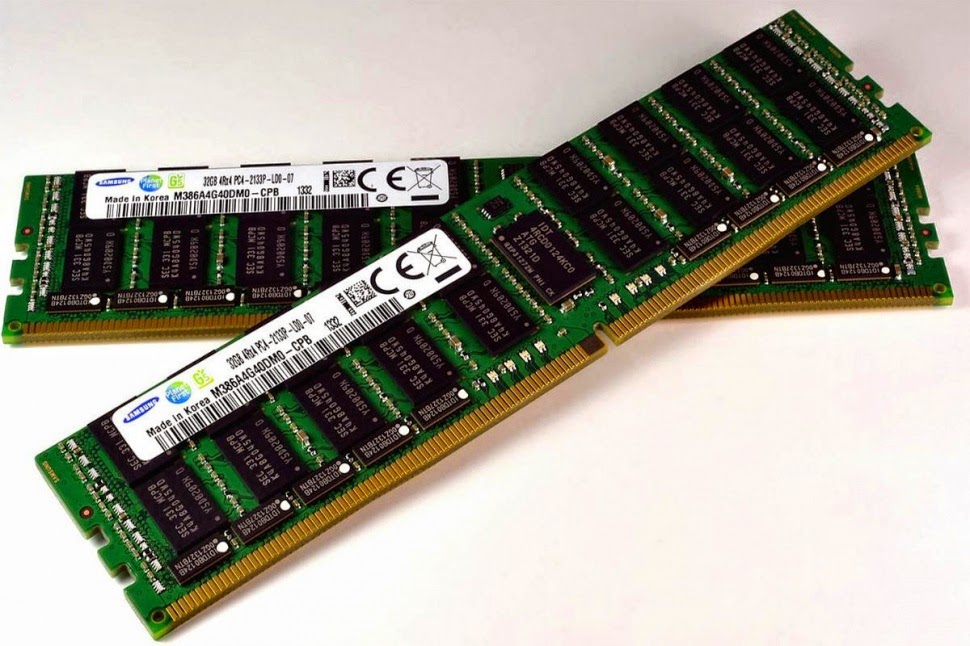*please check the link on the right*
Over the past few years, nearly every PC component, including storage drives, graphics accelerators, motherboards, and CPUs, has seen significant performance updates—everything except the DDR (double data rate)DRAM (dynamic random access memory) chips used as system RAM in our laptops, PCs, servers, and some tablets. The current DRAM standard, DDR3, was launched in 2007, and it has been the primary memory chip used in a wide range of computing devices for most of that time.
How fast is DDR4?
Later this year, Intel will release its Haswell-based (Haswell-E) X99 chipset with support for DDR4: the new, faster memory chip standard. After being in development for five years, the new chips, which will provide roughly 50 percent more bandwidth, and consume about 30 percent less power. According to Intel, they’ll bedeployed in new motherboards in the “second half of 2014.”
Not only will the X99 motherboard support DDR4, but it will also host 8-core processors—twice the number in the current Intel Core CPUs. The top DDR4 bus speed will be 3200MHz, compared to DDR3’s 2400MHz, and it will support data transfer rates of up to 3.2 billion transfers per second, which is twice the transfer speed of DDR3. Furthermore, the new chips use only 1.2 volts of power, compared to DDR3’s 1.5 volts. If those benefits aren’t enough, DDR4 also provides improved diagnostic and debugging tools for increased overall reliability.
When will we see DDR4?
Samsung and a few other chip makers have already started manufacturing DDR4 memory sticks. Samsung Semiconductor says it’s churning out 32GB sticks for the premium server market, as well as what the company claims this is the world’s smallest and highest performing 4GB RAM chip. It’s expected that we’ll start seeing DDR4 chips first in high-end database and enterprise resource planning (ERP) servers, with DDR4-powered laptops and desktops coming to market in 2015. In addition, Samsung announced a low-power version of DDR4 (LP-DDR4) for mobile devices back in January 2014.
According to the Joint Electron Devices Engineering Council (JEDEC), the organization that sets memory standards, DDR4 also supports deep power down, which allows it to go into a mode of sleep that requires no memory refresh. Plus, it can refresh a single chip on a DIMM, instead of forcing a refresh of the entire DIMM. These, and some other power enhancements, allow DDR4 to use up to 40-50 percent less standby power.
DDR’s last dance
Most experts believe that DDR4 is the last generation of DDR DRAM that will be made. A few other types of non-volatile memory that can retain data, such as phase-change memory, MRAM (magneto-resistive RAM), and RRAM (resistive RAM), are under development, and look promising.
Phase-change memory, or PCM/PRAM, provides higher read/write bandwidth, higher endurance, and lower latency than DRAM does. According to memory maker Micron, “it [PCM] addresses the growing performance gap between DRAM and nonvolatile memory technologies.”
With faster processors, and soon-to-be-released SATA Express solid state drive technology making our computing devices faster, it won’t be long before we need faster memory to keep up. DDR4 should fill that gap for the immediate future.
*please check the link on the right*
This article was copied from digitaltrends.com thnx for them





